While many out there seldom notice the tiny speck of steel at the base of docking supertankers, some of us connoisseurs harbor a benign obsession for the power hiding under a petite silhouette. The humble but competent presence of tugboats has been a hallmark of every port worthy of its name since the invention of the steam engine. And while no ship enthusiast would deny their affection for the old tug, few are familiar with the origins of this compact powerhouse. In fact, the first useful steam-powered vessel in history was a tiny tugboat in Scotland. And the story goes like this.
The Original Tugs Were… People
When William Symington designed the Charlotte Dundas, no one was surprised the steam engine’s first marine application should be a tugboat. After all, prior to this revolutionary invention, the back-breaking job of towing was assigned to animals and humans. Lucky were those who had mules at hand to pull a boat upstream from a towpath along the bank. The rest had to do the job themselves, until they reached their destination or passed out from inhuman exertions. Commercially important rivers often had professional barge haulers, but the work was so crushing that only the most destitute agreed to do it.

Major sea ports had it somewhat easier, thanks to a hand-powered rotary mechanism called capstan, which wound in the tow rope, pulling the sailing vessel toward the berth. Capstans were installed both on ships and at port, making the task of berthing slightly less grueling. However, when a ship hit a sandbank, the capstan did little to make the dredging operation less tortuous.
Don’t forget to visit the The Shipyard Shop!



The debut of Charlotte Dundas on 4 January 1803 in Glasgow was only attended by the inventor, the proud Dundas family, and a curious crowd, all watching with approval as the boat made her way up the Forth and Clyde Canal. Two months later, Symington and his sponsor Lord Dundas organized an elaborate second trial, with the paddle-wheel boat pulling two 70-ton barges up the canal for 19 miles, to the unrestrained amazement of everyone present. But like so many other brilliant inventions, Charlotte did not escape the chokehold of bureaucracy, and the project was scrapped by the authorities for fear of eroding the banks. The great Symington died penniless.
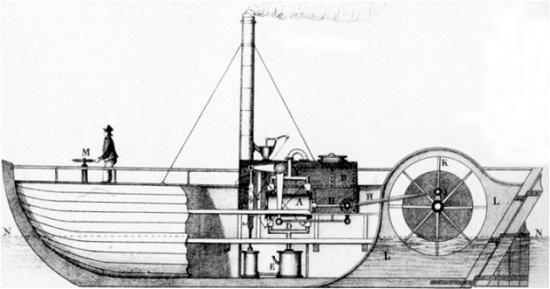
From Upstream to Mainstream
As was the case with so many technologies, the tugboat’s road to commercial success passed through the United States. Convinced in the transformative power of steam, the New York Harbor saw its first tug in 1828, an old paddle-wheeler converted to a tow boat. The Rufus W. King thus set the scene for the rapid development of specialized vessels, such as the 1850 game-changing propeller boat Sampson, or the local legend Norwich. The latter’s most remarkable trait was her icebreaking capacity, earning her the nickname “Ice King”, which she kept throughout her 87-year long career.
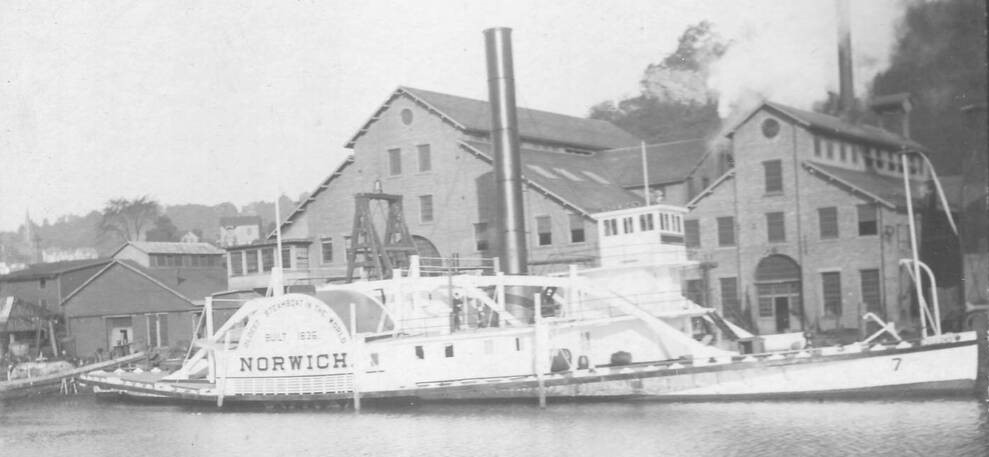
The Norwich was a true pioneer, her design ingenuously adapted to the heavy ice that obstructed regular traffic on the Hudson River every winter. With a hull reinforced with iron and copper, she spent countless seasons rescuing troubled vessels. If she ever got stuck on the ice herself, the crew would detach one of the paddle wheels and quickly roll barrels of ballast from one side to the other. Built in 1836, the Norwich plied the Hudson until her scrapping in 1923.
Century of Change
The 20th century brought unseen developments in transportation, as the globalization of trade expanded the scale and reach of cargo ships. In addition, the rise of oil spawned a whole new branch in shipping, peaking with the birth of the supertanker. All this necessitated constant expansion, specialization, and technological development of port operations, including the humble but indispensable tugs.
Just like the other members of the modern merchant marine, towboats got larger, more powerful, sophisticated, and tailored to specific applications. Many of them left the secluded environment of their ports and hit the open ocean, moving some of history’s most imposing megastructures. In 2012, a caravan of five tugboats transported the world’s largest offshore oil platform Berkut to its destination in the Russian Pacific. The platform’s base alone measured 133m by 100m, while the entire structure weighed 160,000 tons.
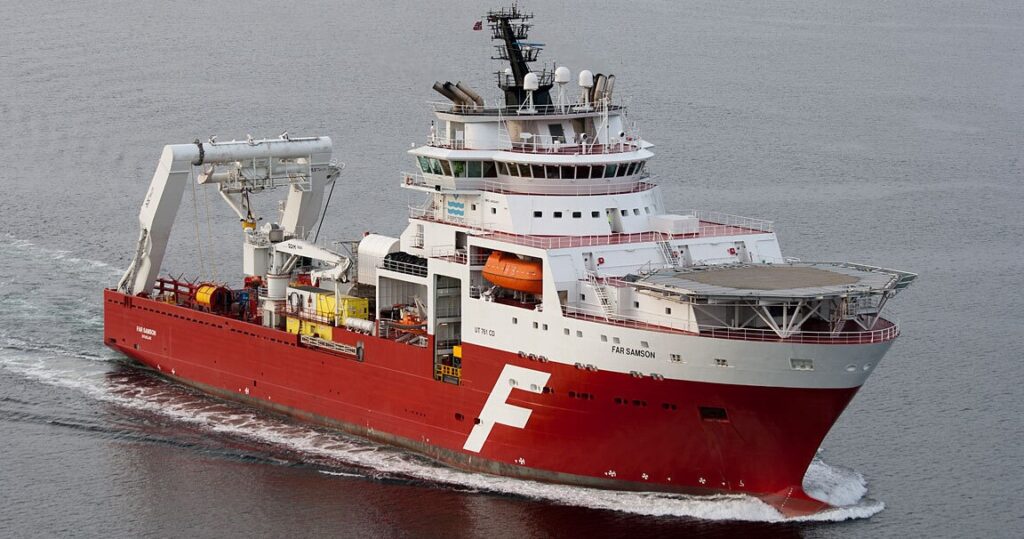
This new breed of ocean-going tugs is now headed by the Norwegian Island Victory. Her 123-meter hull is propelled by a diesel powerhouse with 43,880 hp. Other notable mentions are Far Samson (121 m and 41,000 hp), Boka Falcon (93 m and 29,911 hp), and KL Saltfjord (95 m and 36,000 hp).
In contrast to these looming giants, the world’s tiniest towboats are a great example of hyper-specialization. Smaller than a family car, logging tugs may look like toys but have the rugged job of arranging huge logs for transportation. One of these little beasts, the Boomin Beaver, is even employed by the US Navy to pull security fences around warships and submarines.
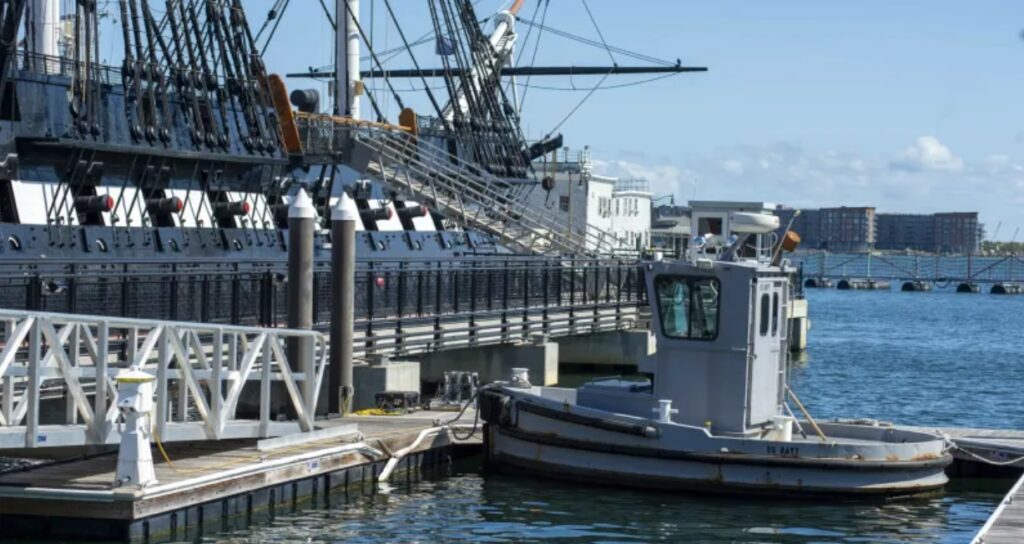
Historic Tugboats That Are Still Around (in 2025)
1. Arthur Foss (1889)
With a career spanning nearly 8 decades, this humble old lady could easily be one of the most useful vessels in US history. She is the oldest wooden tugboat in the world, moored in Seattle as a local curiosity and an important historic landmark. After a spell with the White Star Line at the Klondike goldmines, the boat rose to stardom in the 1933 Hollywood blockbuster “Tugboat Annie”.
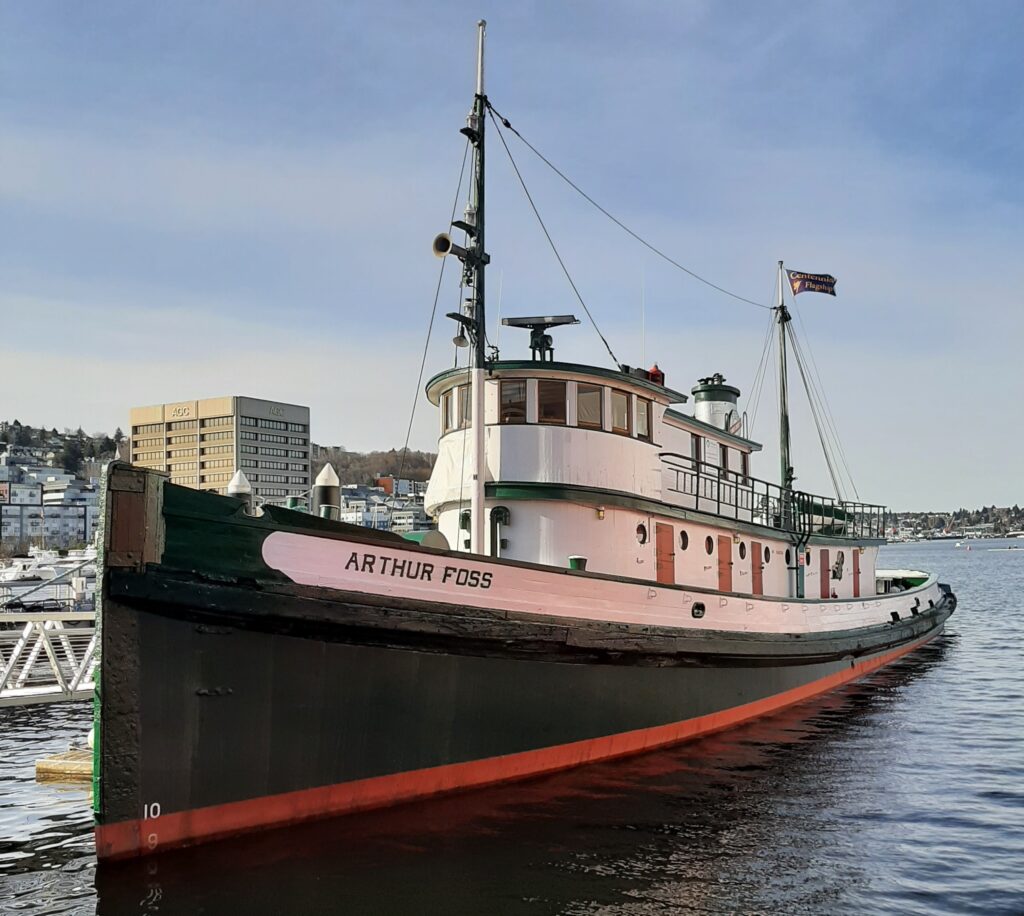
2. Baltimore (1906)
This one is about as authentic as they come, with a compound reciprocating steam engine and a Scotch marine boiler. And if this fails to make a ship geek tingle with excitement, her hull is made of iron and held together by good ol’ rivets. Neat.
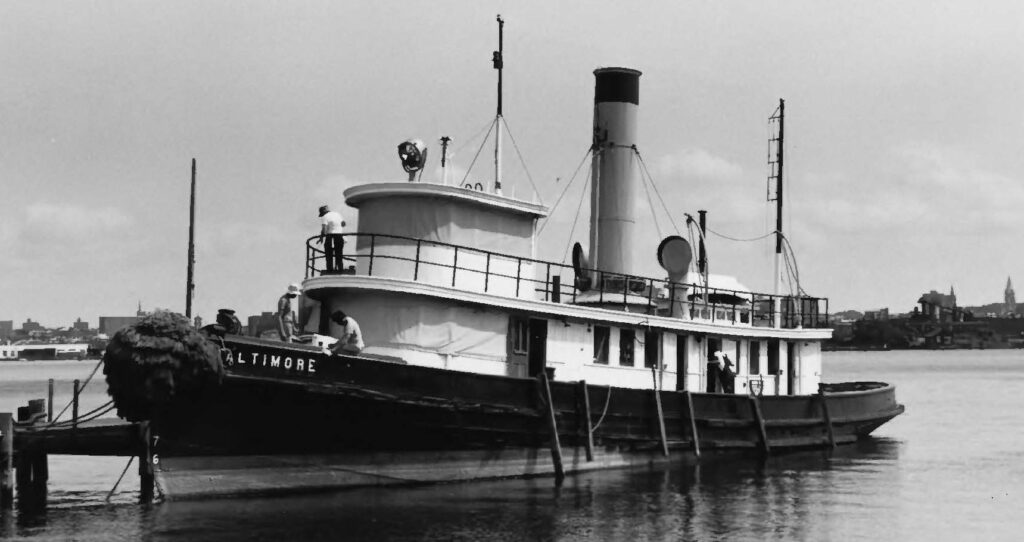
3. Jupiter (1903)
Aside from being delightfully old, the Jupiter distinguished herself by participating in the 1942 launch of USS New Jersey, the most famous Iowa-class battleship and currently also a museum.
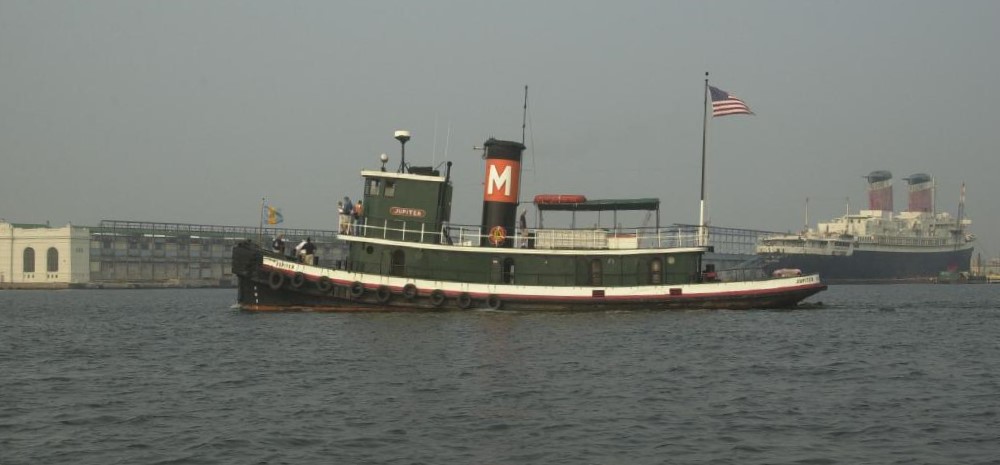
4. Luna (1930)
This all-wooden gem was not only the first commercial diesel-electric tugboat but was also made by celebrity yacht designer John Alden. Just watching her smooth lines and the warm wood paneling makes one want to move in for life.
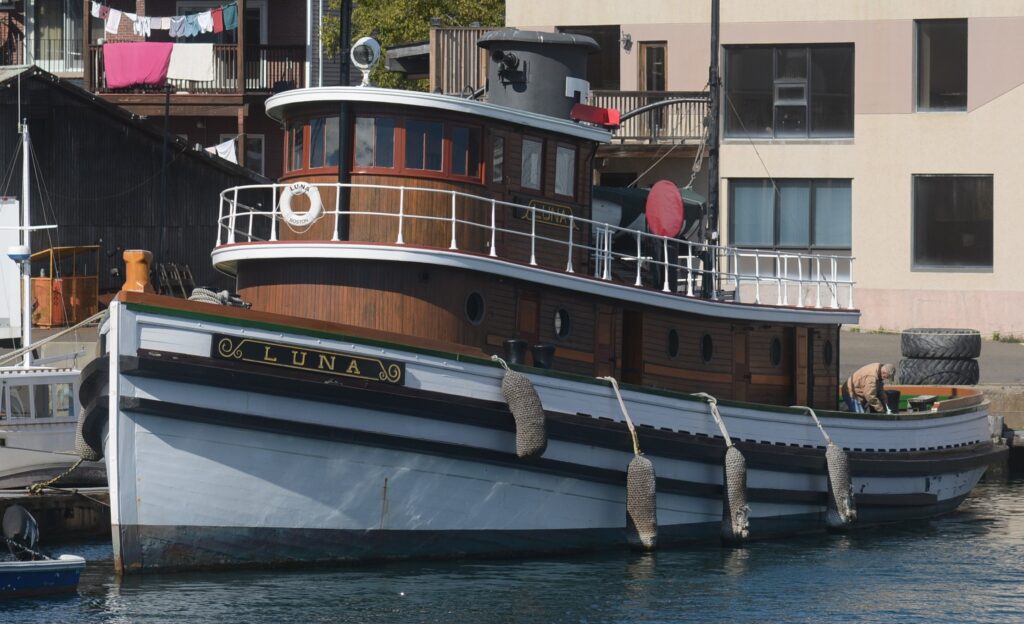
5. Hercules (1907)
In 1947, she towed the USS Oklahoma, whose burning and capsized hull had become one of many tragic icons of the attack on Pearl Harbor. On the way to the scrapping yard, the Oklahoma began to sink in the North Pacific, almost dragging the Hercules under. In the last moment, the towline released and saved the little tug from certain demise.
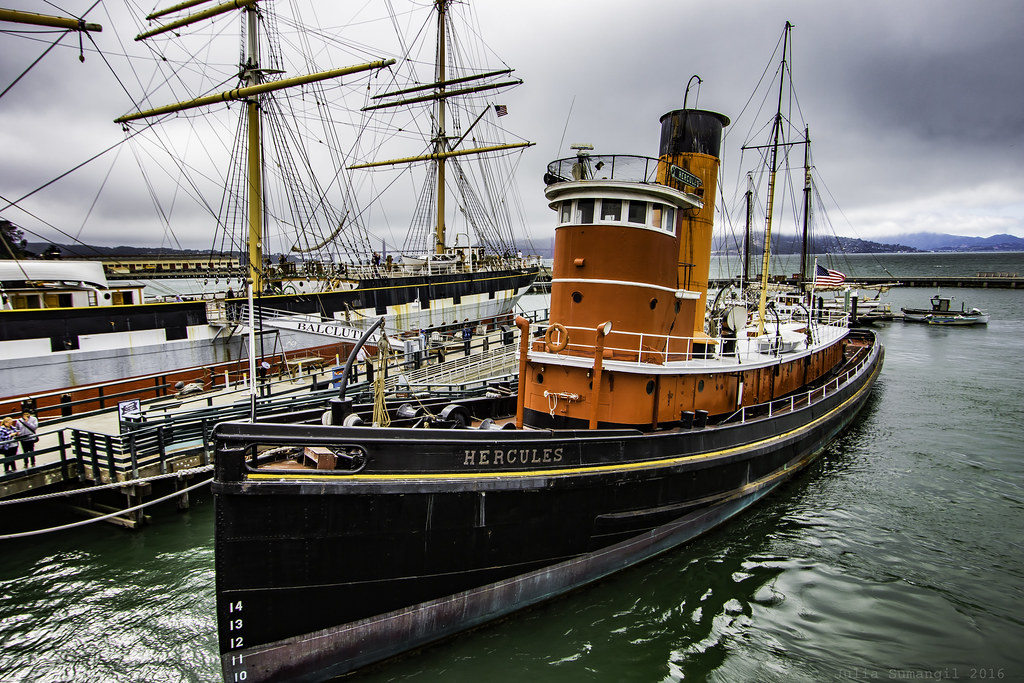
7. Sergeant Floyd (1932)
Berthed on the Missouri River in Sioux, Iowa, this 42-meter wonder was specially commissioned by the US Army for inland service. With a long hull and imposing superstructure, her looks can rival any modern towboat.
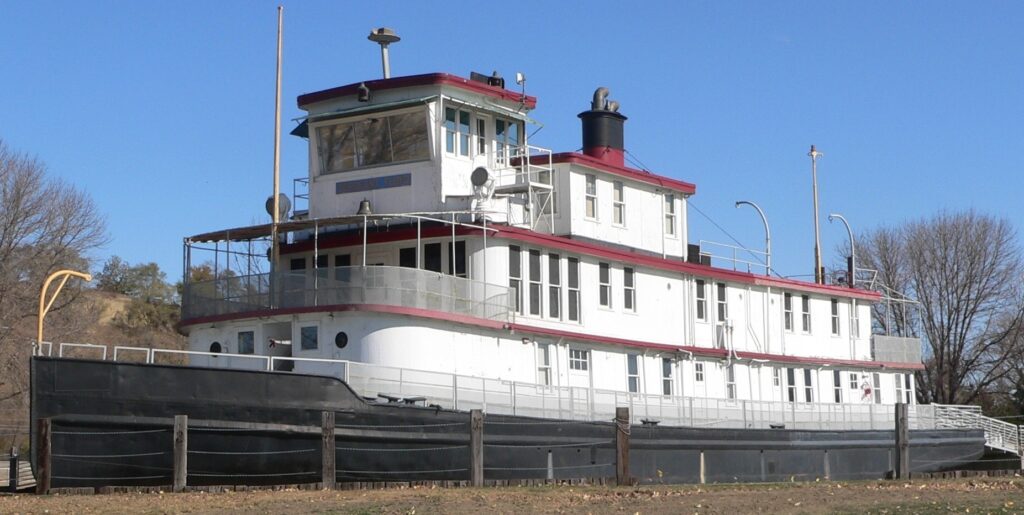
The Shipyard
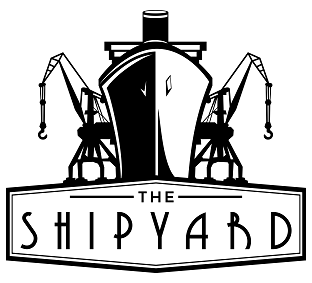
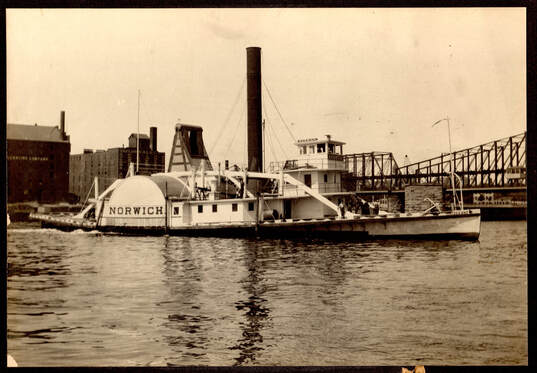
Amazing story as always
Thank you!